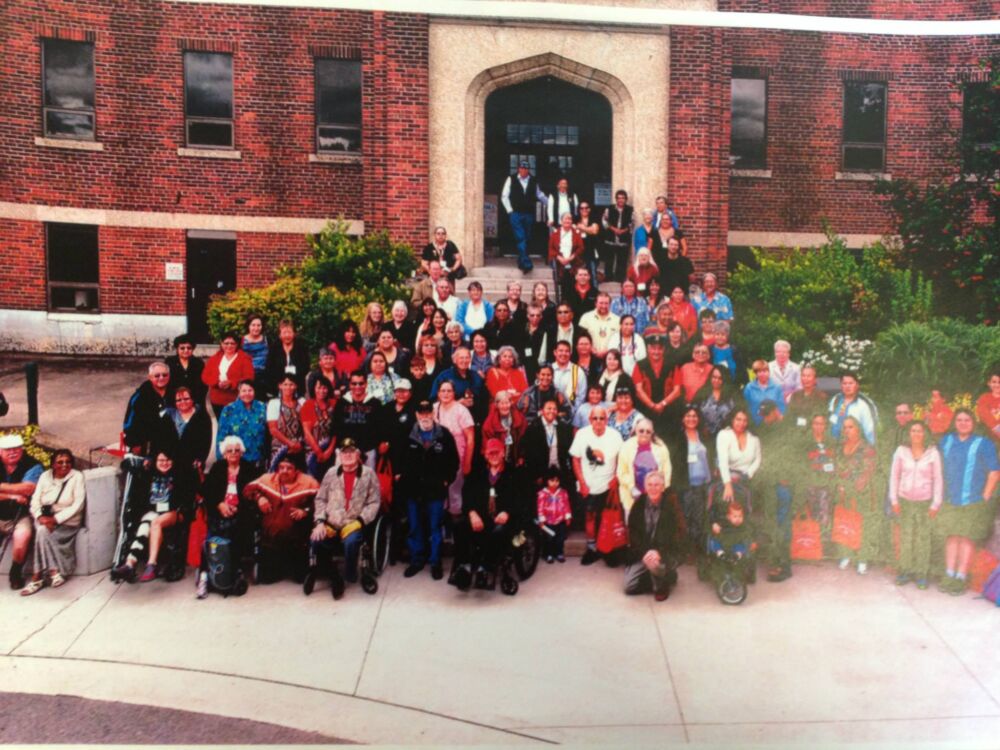Stories, songs, speeches, and other narrative mediums have always been a way in which Anishinaabeg frame experience, communicate, and document lives. It is simply 2013 Shingwauk Gathering been the way we have lived and continue to live.

Centering Anishinaabeg Studies: Understanding the World Through Stories is an honouring of this past and a contribution to the future.
In the book, over twenty Anishinaabeg and non-Anishinaabeg contributors offer critical and creative visions on how stories can provide a foundation for thinking about the many ways Anishinaabeg form relationships with beings (human and non-human) throughout Creation.
Each contribution takes up a story from an Anishinaabeg individual or community and shows how it provides an entry-way into understanding an aspect of Anishinaabeg culture and community. These can be adizookaanag – generally considered “traditional” or “sacred” narratives that embody values, philosophies, and laws important to life – or dibaajimowinan – generally translated to mean “histories” and “news.” These narratives range in time, from long ago to today, and can even encompass aspects of both categories.
As Leon Valliere Jr. has remarked, “[l]anguage and communication have always been among the recorded strengths of the Ojibwe people,” a fact that has resulted in countless examples of Anishinaabeg expression.
As well, Anishinaabeg narratives have been “published” in the traditional, printed use of the word but there is a long, alternatively written history including rock paintings, rock carvings, petroglyphs and petroforms, and, of course, birch bark pictographic scrolls.
Divided into seven loose themes that we believe “center” Anishinaabeg – Stories as Roots, Stories as Relationships, Stories as Revelations, Stories as Resiliency, Stories as Resistance, Stories as Reclamation, and Stories as Reflection – the contributors of Centering Anishinaabeg Studies illustrate that Anishinaabeg narratives are infinitely complex.
They are a large part of what constitute the Anishinaabeg people and represent a dynamic and ongoing culture at work.
Posted by Niigaanwewidam James Sinclair
August 14, 2013
Categorized as Excerpt, Author Posts
Tagged aboriginal, anishinaabeg, gifts, history, manitoba, songs, storytelling
Stet.: Notes from the Managing Editor The intriguing life of Hans/Ivan/Johann/John Werner
